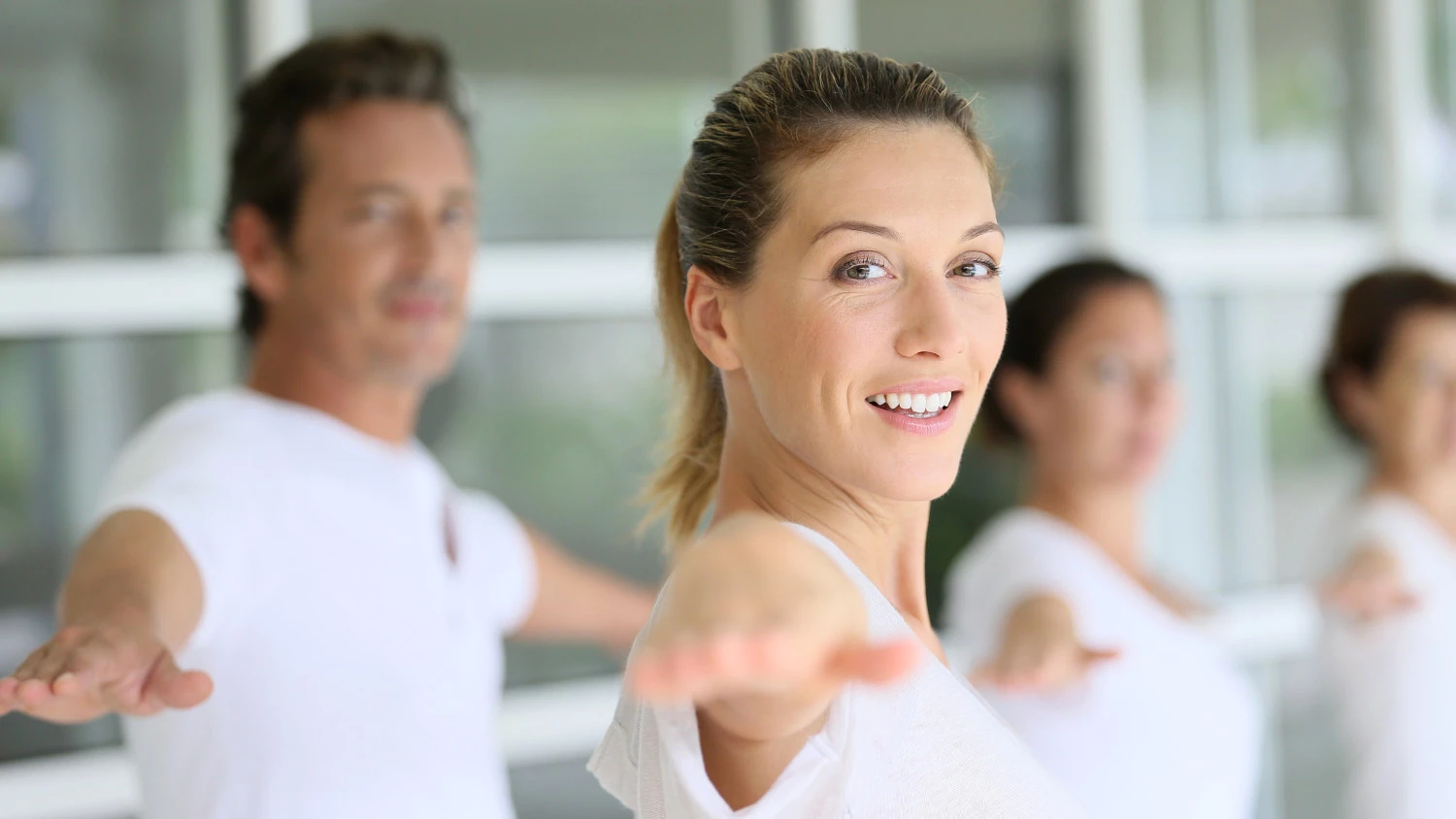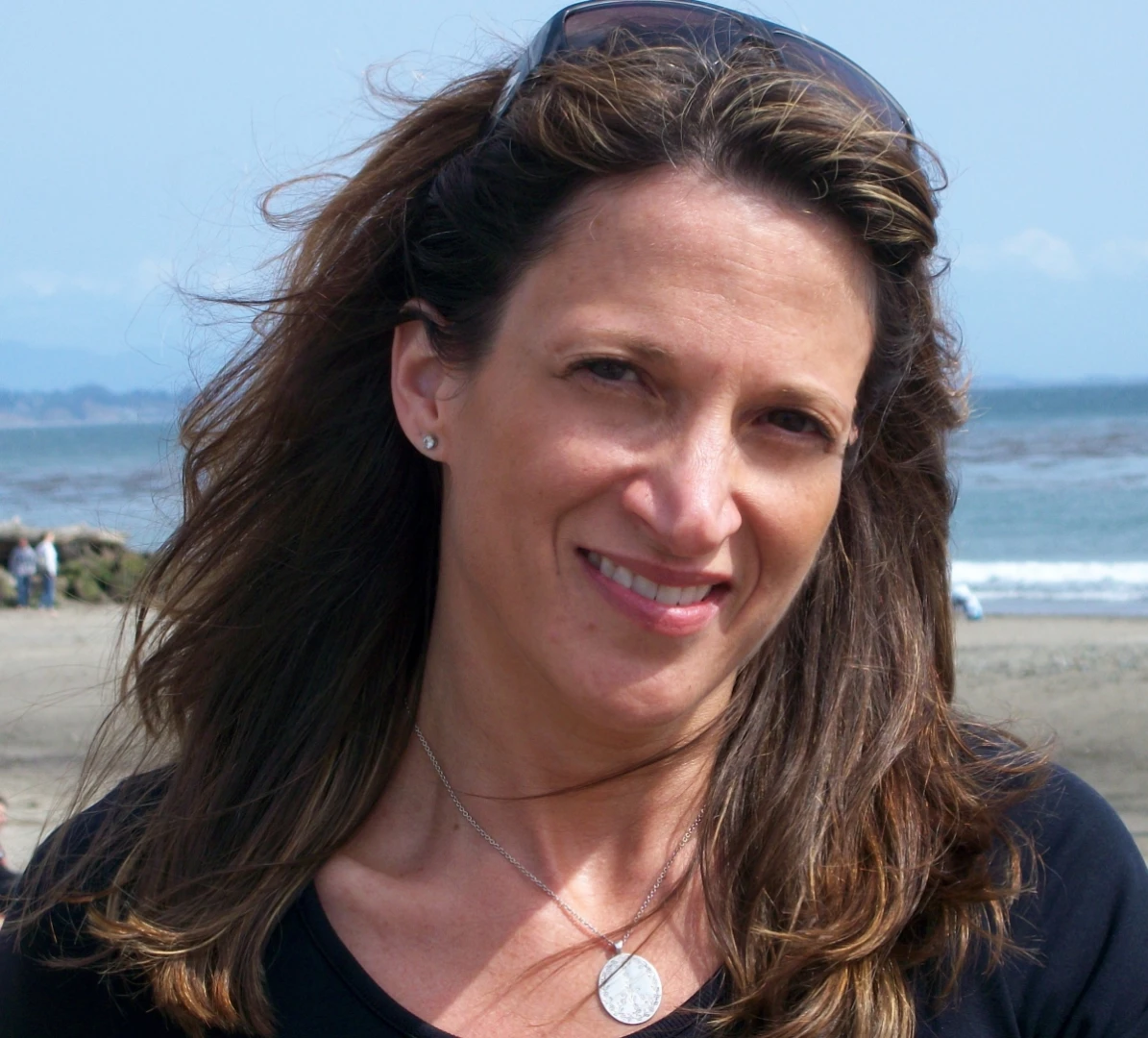Yoga is America’s New Favorite Complementary Therapy, A New Survey Finds

Americans are turning to complementary health approaches more than ever before to reduce pain, improve health and wellbeing, and relieve the side effects of standard medicine. And, yoga is one of the most popular and fastest growing alternative therapies among people of all ages, according to a new, 10-year National Health Interview Survey.
The health survey was administered to more than 88,000 adults over age 18 at three time points (2002, 2007 and 2012). At each interval, participants were asked about their use of a number of alternative health approaches including acupuncture, Ayurveda, biofeedback, chelation therapy, chiropractic care, energy healing therapy, hypnosis, massage, naturopathy, non-vitamin/non-mineral dietary supplements, homeopathic treatments, diet-based therapies, yoga, tai chi, qi gong, meditation, and other relaxation techniques.
The report of the survey results, published in National Health Statistics Reports, revealed a number of interesting trends.
-
Non-vitamin, non-mineral dietary supplements were the most frequently used complementary approach in each of the three survey administrations (18.9% of American adults in 2002, and 17.7% in both 2007 and 2012).
-
Deep breathing exercises were next in popularity, although their use appeared to be declining by 2012 (11.6% in 2002, and 12.7% in 2007 and 10.9% in 2012). Breath exercises were considered either as a stand-alone practice or a strategy used in yoga, tai chi, qi gong, biofeedback, hypnosis, meditation and progressive relaxation.
-
There was a growing trend towards more Americans taking up yoga, tai chi, and qi gong at each survey point. Notably, yoga use had increased the most dramatically over 10 years (5.1% of American adults in 2002, and 6.1% in 2007, and 9.5% in 2012). Meditation was also consistently among the top 5 most commonly used approaches, however unlike yoga, its popularity has declined slightly in recent years according to the survey (7.6% in 2002, and 9.4% in 2007, and 8.0% in 2012).
-
The use of homeopathic treatments, acupuncture and naturopathy as well as chiropractic and osteopathic care are also on the rise for the most part.
Who is Practicing Yoga?
Historically, educated, white women represent the largest demographic of yoga practitioners in the United States, but this is changing. Yoga practice has rapidly become increasingly popular among 18-44 year olds (from 6.3% in 2002 to 11.2% in 2012). In fact, the increase in the number of American adults in this age group between 2007 and 2012 is more than double what is was between 2002 and 2007 – strong evidence of yoga’s increasing popularity among young-to-middle-aged adults.
More older adults are also practicing yoga now than a decade ago (5.2% in 2002 to 7.2% in 2012 among 45-64 year olds and 1.3% in 2002 to 3.3% in 2012 among those 65 and over). Similar to the 18-44 year olds, this increase was most pronounced between 2007 and 2012, pointing to a growing trend among older adults to adopt a yoga practice.
Yogis and yoginis are also becoming more ethnically diverse. The use of yoga among Hispanic adults and non-Hispanic black adults nearly doubled between 2007 and 2012 (5.1% and 5.6% in 2012 respectively). This is consistent with the trend among white adults, whose reported use rose from 5.8% in 2007 to 11.2% in 2012. This represents not only a marked increase in the number of adults practicing yoga, but also a greater diversity in age and ethnicity among yoga practitioners.
Although the use of most forms of complementary therapies is on the rise, the growing movement for American adults to take up yoga is noteworthy. More American health practitioners are recognizing the enormous benefits of regular yoga practice for stress reduction, not to mention managing the symptoms of pain and other medical illnesses and recommending yoga to their patients. While the yoga research is still relatively nascent, evidence of yoga’s beneficial effects on most major systems (circulatory, nervous, endocrine) and overall general health continues to grow.
 B Grace Bullock, PhD, E-RYT 500 is a psychologist, research scientist, educator, author, yoga and mindfulness expert and creator of BREATHE: 7 Skills for Mindful Relationships. Her mission is to reduce stress, increase health and wellbeing and improve the quality of relationships. She offers classes, workshops, writing and research that combine the wisdom of applied neuroscience, psychophysiology, psychology and contemplative science and practice. Her goal is to empower individuals, groups, leaders and organizations to reduce chronic stress and increase awareness, attention, compassion, mindfulness and effective communication to strengthen relationships, release dysfunctional patterns and unlock new and healthy ways of being. Dr. Bullock is a Certified Viniyoga Therapist and Faculty at the Integrated Health Yoga Therapy (IHYT) Training program. She is the former Senior Research Scientist at the Mind & Life Institute and former Editor-in-Chief of the International Journal of Yoga Therapy. For more information see www.bgracebullock.com.
B Grace Bullock, PhD, E-RYT 500 is a psychologist, research scientist, educator, author, yoga and mindfulness expert and creator of BREATHE: 7 Skills for Mindful Relationships. Her mission is to reduce stress, increase health and wellbeing and improve the quality of relationships. She offers classes, workshops, writing and research that combine the wisdom of applied neuroscience, psychophysiology, psychology and contemplative science and practice. Her goal is to empower individuals, groups, leaders and organizations to reduce chronic stress and increase awareness, attention, compassion, mindfulness and effective communication to strengthen relationships, release dysfunctional patterns and unlock new and healthy ways of being. Dr. Bullock is a Certified Viniyoga Therapist and Faculty at the Integrated Health Yoga Therapy (IHYT) Training program. She is the former Senior Research Scientist at the Mind & Life Institute and former Editor-in-Chief of the International Journal of Yoga Therapy. For more information see www.bgracebullock.com.



